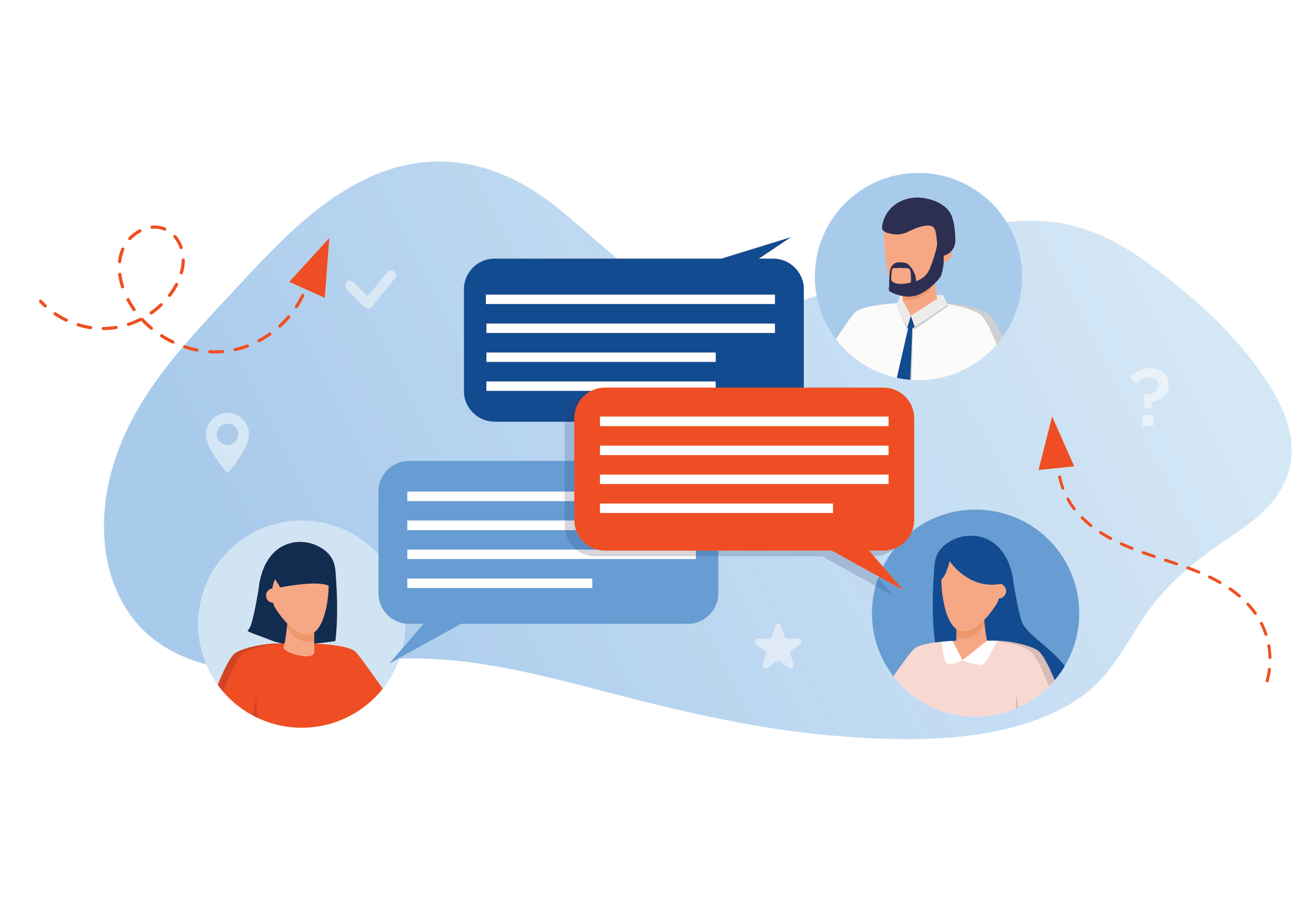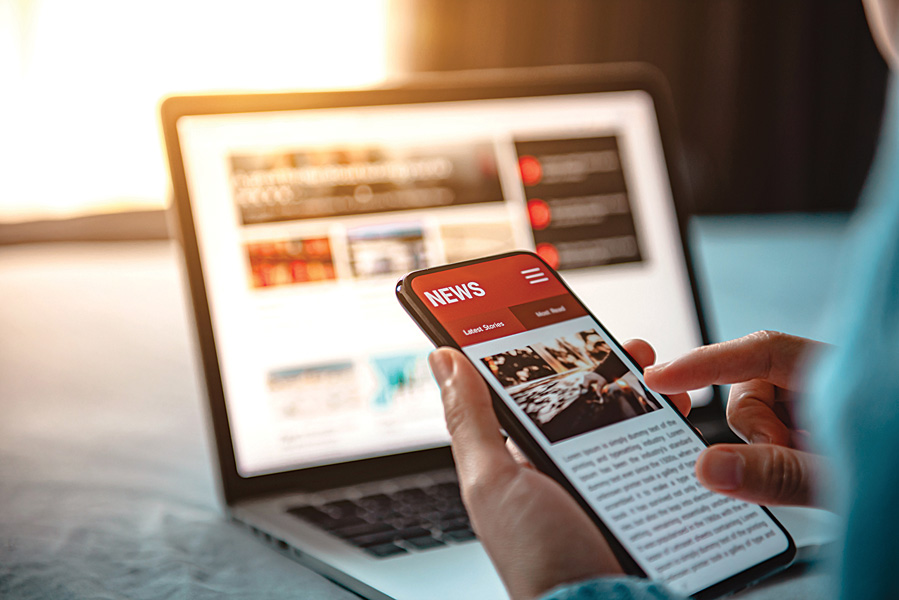The 9-Minute Rule for Popular News
Wiki Article
The Definitive Guide for Popular News
Table of ContentsThe 45-Second Trick For Popular News8 Simple Techniques For Popular NewsIndicators on Popular News You Need To KnowMore About Popular News
Age is also a consider the way people see the role of social media. Younger social media news consumers are more probable to state it has impacted their knowing right. About fifty percent of social networks information consumers ages 18 to 29 (48%) say information on social media sites makes them much better informed, compared with 37% of those 30 to 49, 28% of those 50 to 64, and 27% of those 65 and older.Reporters consider information values when determining whether or not to cover an occasion or statement. Here are the worths that we think about when establishing an outreach technique. Arguably one of the most essential component of newsworthiness is whether the news thing being interacted impacts an information outlet's audience. As an example, let's imagine scientists have discovered an economical solution to an usual problem.
Research study on a state's new tax code likely won't produce the very same passion throughout state boundaries. Periodically specialists can help localize a larger national tale that influences more than simply a city or state.
If you are releasing relevant study, loophole in MarComm before the write-up being published to ensure that the pitch can highlight the newest aspect of the story: the publication of the research. Occasions and news that entail high-profile numbers are most likely to produce media protection. Visits from nationwide numbers commonly need months of preparation as a result of anticipated area rate of interest.
How Popular News can Save You Time, Stress, and Money.
We can aid reduce possible reputational risk with these tales while also enhancing the probabilities of creating coverage. While several of the above news values are interwoven, human rate of interest tales usually stand apart.Human rate of interest components can include news value to other tales that could appear to be lacking in the other values. The uniqueness or curiosity of a situation can aid influence whether or not an information electrical outlet is likely to cover a story. While this is not an exhaustive listing, inspecting to see if your information thing or occasion has these qualities before contacting us will aid you establish which elements hold the most news value.
The study discovers that somewhat over half of all U.S. adults register for news in some formand approximately fifty percent of those to a paper. And as opposed to the idea that youths will certainly not spend for information since details online is cost-free, virtually 4 in 10 grownups under age 35 are spending for information.
There is likewise significant proof that even more consumers could start to spend for news in the futureif authors can understand them and serve them well. Fifty percent of those that do not spend for information proactively seek news and resemble clients in numerous means. And virtually 2 in 10 of those that don't subscribe to information currently show they are inclined to begin to pay in the future.
Not known Details About Popular News

Individuals are attracted to information generally for 2 factors over others: A desire to be informed residents (paper customers in certain are very motivated by this) and because the magazine they register for excels at covering certain topics about which those customers specifically care - Popular News. While there are a host of reasons, the No
Greater than 4 in 10 likewise mention the truth that friends and household register for the very same item. Greater than a 3rd of individuals claim they originally subscribed in response to a discount or promotion. In print, people also are moved heavily to sign up for get discount coupons that save them Visit Website money, something that has untapped implications in digital.
Popular News for Beginners
We asked everyone that told us they have a regular cost-free source of news just how likely they would certainly be to pay YOURURL.com for it. Greater than a quarter (26 percent) state they would go to least somewhat most likely to start spending for itand 10 percent are extremely or extremely most likely. These likely payers often tend to be news hunters, and they also have a tendency to be people who currently pay for an information registration along with the resource they follow free of charge.
Of those that do pay, 54 percent sign up for newspapers in print or electronically, which represents 29 percent of Americans generally. Many of them purchase a print publication in addition to their newspaper and pay for two to 4 news resources in total, some much more. And while 53 percent are veteran subscribers (5+ years), more than a quarter (27 percent) have acquired their newspaper membership within the previous year.

Report this wiki page